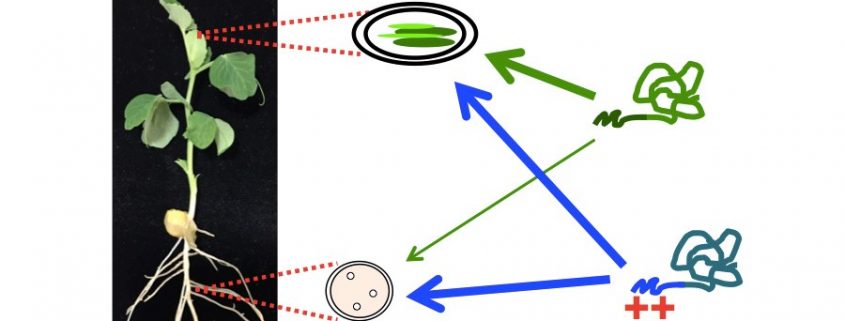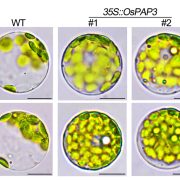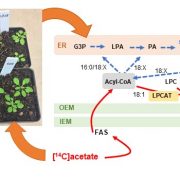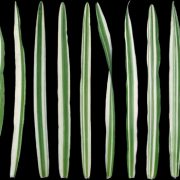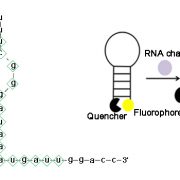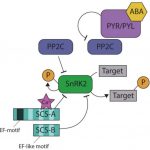Protein Delivery Address Codes Are Part of the Circuitry Adjusting Tissue-Specific Plastid Proteomes
Chu et al. demonstrate that a special address code is required for efficient protein import into root plastids. Plant Cell https://doi.org/10.1105/tpc.19.00702
By Hsou-min Li, Institute of Molecular Biology, Academia Sinica, Nankang, Taipei 11529, Taiwan
Background: Chloroplasts are the most famous member of the essential family of organelles called plastids. Plastids develop into distinct functional types in different tissues. For example, they develop into green chloroplasts in leaves for photosynthesis and into colorless leucoplasts in roots for nutrient synthesis and storage. Chloroplasts and leucoplasts need distinct sets of proteins in order to perform these different functions. Because almost all plastid proteins are imported from the cytosol, they are synthesized with an N-terminal targeting signal, the transit peptide. This functions as the address label to direct the delivery of plastid proteins from the cytosol into plastids.
Question: In addition to tissue-specific gene expression, is the plastid protein import process also regulated in a tissue-specific manner, and does it contribute to the distinct protein compositions of leaf chloroplasts vs. root leucoplasts?
Findings: We found that a motif composed of two consecutive positively charged amino acids in the transit peptide is necessary for efficient import into root leucoplasts but not for import into leaf chloroplasts. Therefore, this twin-positive motif serves as a specific address code for delivery into leucoplasts. Analyses of recently duplicated plastid proteins show an association between higher RNA expression in roots and possession of extra twin-positive motifs in transit peptides. This suggests that, after gene duplication, the gene exhibiting higher root RNA expression tends to gain or retain twin-positive motifs in order to support efficient import into root leucoplasts. Therefore, there is a coordination from RNA expression levels to transit-peptide motifs to protein abundance, supporting the idea that plastid-specific protein import from the cytosol is part of the circuitry determining tissue-specific plastid proteomes.
Next steps: We are working on identifying the receptor on leucoplasts that recognizes the twin-positive motif through biochemical crosslinking to find leucoplast envelope proteins in the vicinity of the twin-positive motif during import and through genetic screening for mutants that lose the ability of recognizing the motif.
Chiung-Chih Chu, Krishna Swamy, and Hsou-min Li (2020). Tissue-specific regulation of plastid protein import via transit-peptide motifs. Plant Cell. https://doi.org/10.1105/tpc.19.00702


